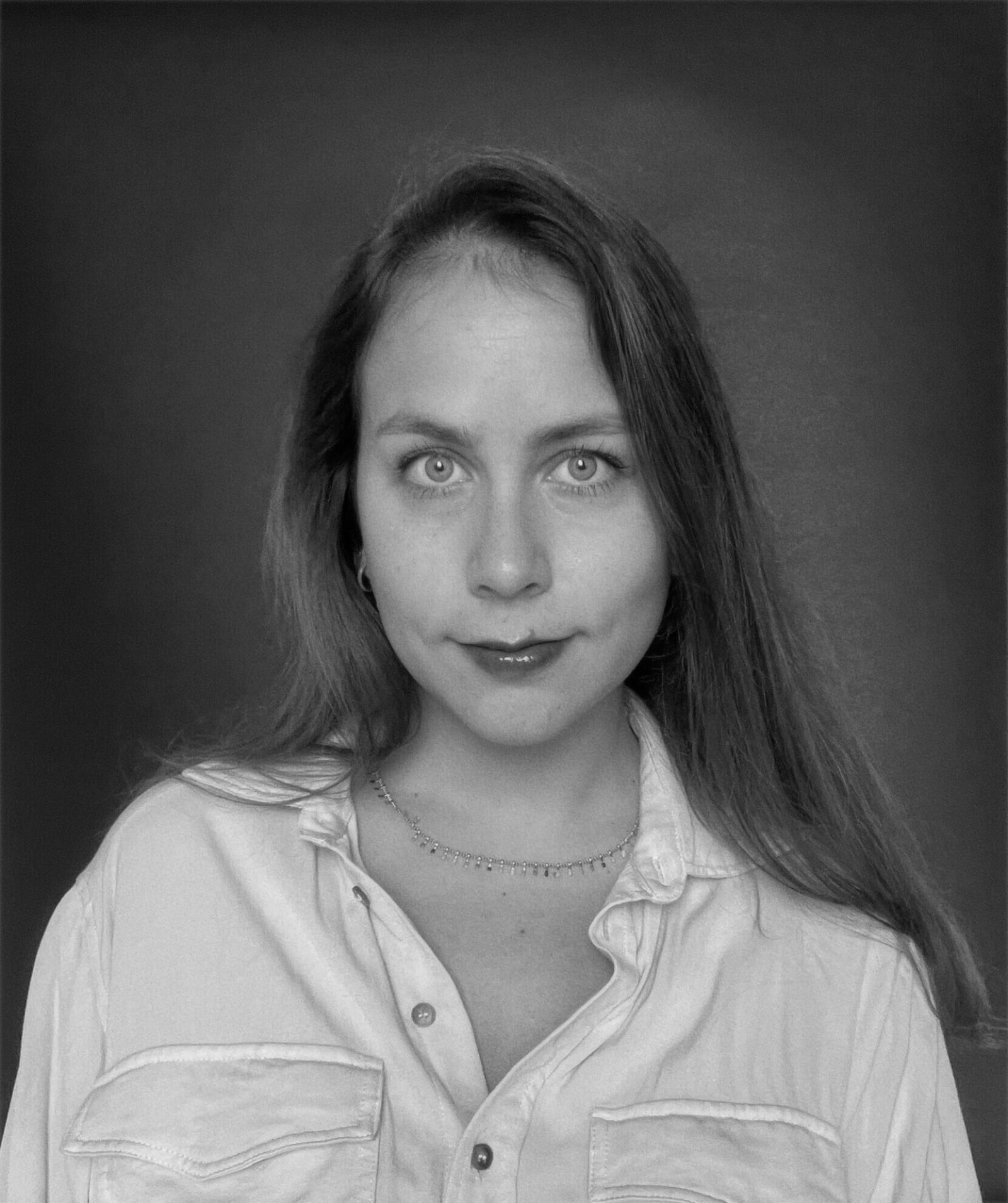artwork infos
landscape
3d
00:16
2023
Polina Bulgakova
The Wanderer: Character - V...
Polina Bulgakova
Jasmine
Polina Bulgakova
Wide Eyes Blooms
Polina Bulgakova
Inner Bloom
Polina Bulgakova
Breathe
Polina Bulgakova
Bergamot
Polina Bulgakova
Party Boys
Polina Bulgakova
Forecast - Horizontal
Polina Bulgakova
Seasons - Horizontal
Polina Bulgakova
Wood Morning
Polina Bulgakova
Seasons - Vertical
Polina Bulgakova
The Wanderer - Collage
Polina Bulgakova
Dance
Polina Bulgakova
Forecast - Vertical
Polina Bulgakova
The Wanderer: Character - H...
Polina Bulgakova
Transition
Polina Bulgakova
Metamorphic Rhapsody
Polina Bulgakova
Fulfillment
Polina Bulgakova
Will Not Be Silenced
Polina Bulgakova
Witchy Morning
Polina Bulgakova
The Wanderer
Polina Bulgakova
Pastel Dream - Vertical
Polina Bulgakova
Cure
Polina Bulgakova
Magic Meadow
Polina Bulgakova
Outcome
Polina Bulgakova
Thoughts
Polina Bulgakova
99 Luftballons
Polina Bulgakova
Pastel Dream - Horizontal
Polina Bulgakova is a digital 3D artist. She has been specializing in product visualizations, vision boards and concept art, both static and in motion, since 2020. Raised in Siberia and living in Israel, she uses different cultures as both inspiration and examples of contrast in her works. Her experience in different artistic media, from graphite to oil paints, allows her to use a unique and unordinary approach to each project, finding the most optimized solutions. Working in a "surrealistic realism" style, the crux of her work is "limitlessness". Once the artist discovered 3D, she realized that real-life physics no longer had a place in her art - there was simply no need for it. Thus, Polina's work invites viewers to step out of the box and allow for the thought that everything is possible.
In her commissioned work, Polina uses the concept of "limitlessness" to increase a product's recognition and boost brand visibility. In addition to client-based projects, she has an NFT gallery where digital collectors can purchase one of her original artworks. Along with that, she sells her work via a limited edition fine art prints store.

Forecast - Horizontal
The project was started in October 2020 as an attempt to accept the changes, and was finished 3 years later as an act of full acceptance and letting go. -- October 2023
Reflecting on October 2020, it becomes clear that I was grappling with significant changes that had come my way. It took me few years to adapt, and during this period, I was too absorbed in the process to fully comprehend the extent of these adjustments.
Only after everything had settled into place, and I was completely immersed in my new circumstances, the weight of these changes hit me suddenly and harshly. It was as if the cracks in the room served as a constant visual reminder of my unease.
I found myself struggling to accept the fact that everything had shifted, and I needed to adopt a fresh perspective. It felt as if everything around me was unraveling, and I had little to no control over the situation.
Throughout this period, my art provided a consistent source of solace. It unwittingly became the canvas through which I could express and process my emotions, helping me understand why I felt compelled to convey myself in this manner.
This film is a reminder to myself, to you or anyone going through changes, expected or not, - it's gonna be just fine.
3d
landscape
00:16
2023
